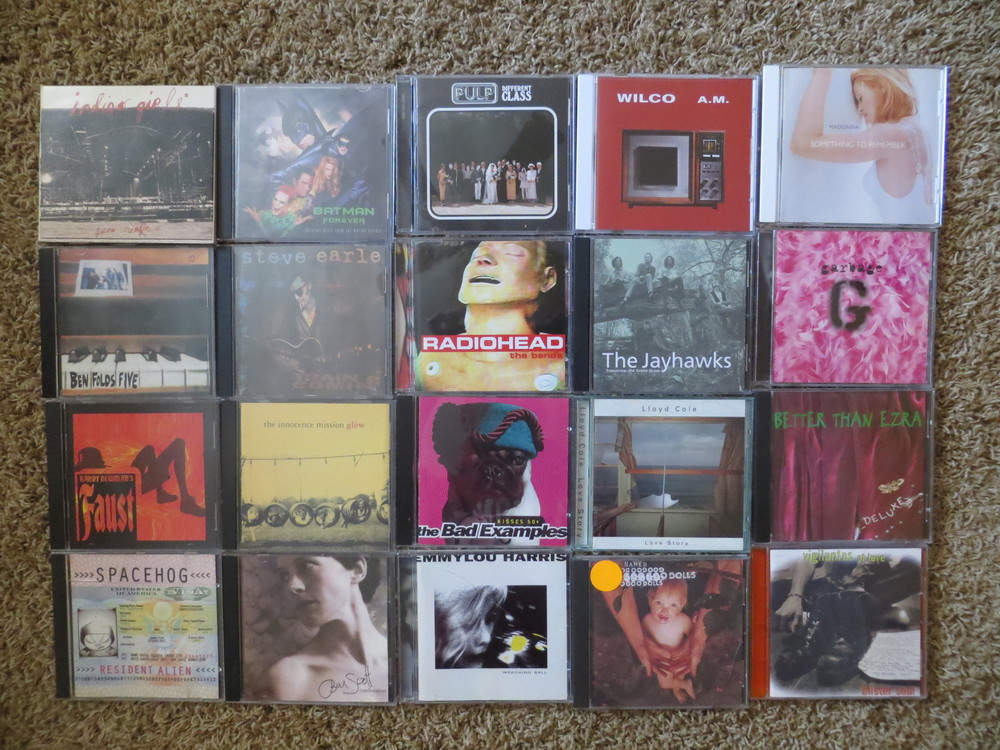Art: What We Bring to the Table
Recent movies and commercials have highlighted our tendency to mishear lyrics, especially those by Bernie Taupin, who penned Elton John’s “Rocket Man” and “Bennie and the Jets”:
But sometimes the lyrics we think we hear are more revealing than the words actually sung.
My favorite mishearing of a lyric is Paul Simon’s “Song About the Moon” from his Hearts and Bones album. I was certain Simon sang the words, “You really can’t remember what you can’t replace” and thought it yet another example of Simon’s artistry. A more careful inspection revealed that the lyric is in fact, “Think about the photograph that you really can’t remember but you can’t erase,” a fine lyric, but to me far less compelling. So I did what any songwriter would do – I stole the line I originally attributed to Simon and used it as my own on the first song of my first album. In “A Fine Place to Start” I sing (and, ironically, in the line prior I reference the aforementioned “Rocket Man”):
“Rocket Man” is sent to me
By tantalizing frequencies
It sets my tempo at the right pace
It reminds me of a girl I used to know
I wonder why I let her go
But I really can’t remember what I can’t replace
Recently, I read a lyric on-line of Yes’s song, “Your Move,” and was convinced that it was incorrect because I own an old biography of Yes in which Jon Anderson quotes the line: “Cuz his time is time in time with your time and his move is captured.” It’s not a meaningful lyric, but it’s kind of cool, and even makes a little sense to me. His time is in time with your time. Has a nice ring to it.
Well, I was wrong. I rechecked the line in the book (my memory be damned), and it’s the same as on all the various lyric websites. “Cuz it’s time it’s time in time with your time and his news is captured…”
Not nearly as good, I think, and now I wish I’d never have looked the lyric up!
In the liner notes of Seal’s second album, he writes:
One of the most popular questions people seem to ask is “why don’t you print your lyrics on the album?” Well, the answer in that is that quite often, my songs mean one thing to me and another to the listener. But that’s OK because I think it’s the general vibe of what I’m saying that is important and not the exact literal translation. How many times have you fallen in love with a lyric that you thought went, “Show me a day with Holda Ogden and I’ll despair” only to find that it went “Show me a way to solve your problems and I’ll be there.” I guess what I’m saying is that the song is always larger in the listener’s mind because with it they attach imagery which is relative to ther own personal experience. So it is your perception of what I’m saying rather than what I actually say that is the key.
Nicely done, Seal. I couldn’t agree more.
What we bring to the table is really what makes art work in the first place. I see a painting that means one thing to me, another thing to you, and something completely different for the artist.
My friend recently played Oscar Wilde in a play, and although he researched the author in preparation for his role, he told me he didn’t find it particularly helpful when it came to acting the part. “That had to come from me,” he said. An actor has to pull from his own experiences to imbue a role with emotion.
It reminds me of a story about the playwright Harold Pinter. It’s said that a director once asked Pinter about what the characters were up to before they enter the stage, thinking it might help him stage the scene. Pinter replied, “Mind your own fucking business.”
Which only goes to show that Pinter’s demeanor was as poor as some of his plays.
But it also hits upon the point that what each of us brings to the table is what feeds the art. It’s what makes Yo Yo Ma’s interpretation of a Bach concerto different than Emmanuel Feuermann’s. Or, if we want to stick to the Elton John theme, what makes his version of “Pinball Wizard” distinctive from The Who’s original. It’s what makes one staging of Macbeth unique from another production of the same play in the same town, but by a different theater group.
In this sense, we are all creators of art. We extend the life of and shape the meaning of a work of art by fusing it with our own life experiences.
